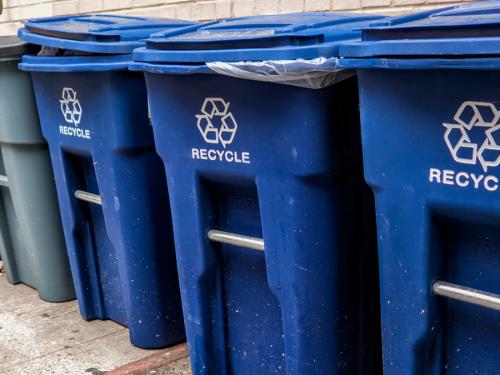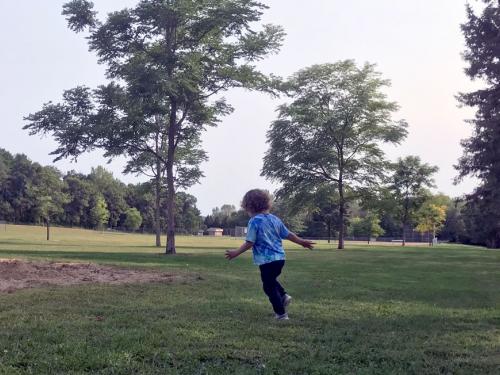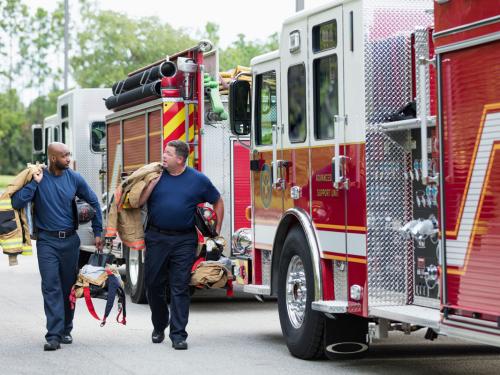
In February of 2023, Minnesota took our biggest step yet toward tackling the climate crisis when Governor Walz signed landmark legislation requiring 100% Carbon Free Energy by 2040.
Electricity generation is Minnesota's second-largest source of climate pollution. When the law was signed, 52% of Minnesota’s power was already generated from carbon-free sources. The new law requires all Minnesota electric utilities to produce only carbon-free energy by 2040 using sources like solar, wind, hydroelectric, and nuclear power.
The law helps guarantee that affordable, reliable power is available to all Minnesota residents and businesses. It includes provisions to ensure that communities that formerly relied on fossil fuel-generating plants will reap the benefits of the clean energy transformation while prioritizing local jobs and family-sustaining wages.
This achievement didn’t happen overnight. The momentum necessary to get to this point has taken time, commitment, and years of organizing.
Building the Movement
Minnesota set its first climate goals in 2007 with the bipartisan Next Generation Energy Act, which required the state to reduce greenhouse gas emissions by 80% between 2005 and 2050. Since then, utilities, the Public Utilities Commission, the state legislature, and nonprofit groups like Conservation Minnesota have taken additional steps to reduce emissions and increase clean energy.
In 2015, we began a concerted clean energy campaign. At the time, there was a sense that Minnesota was ready for renewable energy. We mailed more than 100,000 surveys to Minnesota residents asking if they supported actions related to energy use and conservation. Survey results showed us that a resounding majority of residents in communities across Minnesota supported investments in clean energy. This was the starting point for building relationships with municipalities, electric companies, public utilities, and stakeholders to assess the viability of clean energy generation and create paths to get there. Conservation Minnesota’s organizing, public education, and advocacy led to the passage of the Energy & Conservation Optimization (ECO) Act through a divided legislature in 2021, a historic clean energy bill and important companion to 2023’s 100% Clean Energy Standard.
Conservation Minnesota and our partner organization Conservation Minnesota Voter Center (CMVC) educated legislators and candidates about climate change solutions while running robust public campaigns to build support for climate and conservation legislation. In the crucial 2022 election, CMVC educated thousands of Minnesotans about candidates' conservation and climate records through our conservation voter guides. And during a time of critical legislative debate in 2023, CMVC reached more than 1.2 million Minnesotans, generating more than 3,000 calls and emails to legislators in support of 100% Clean Energy by 2040.
Over a decade, Conservation Minnesota built the largest advocacy network in our sector, engaging Minnesotans in every corner of our state to help create a clean energy future.
Without this important work helping to change the narrative on clean energy and finding places of common ground, it’s possible this crucial law would never have been considered, debated, or passed. This landmark legislation is now law thanks to the elected officials committed to addressing the climate crisis and every person who stepped up to be part of the process.










